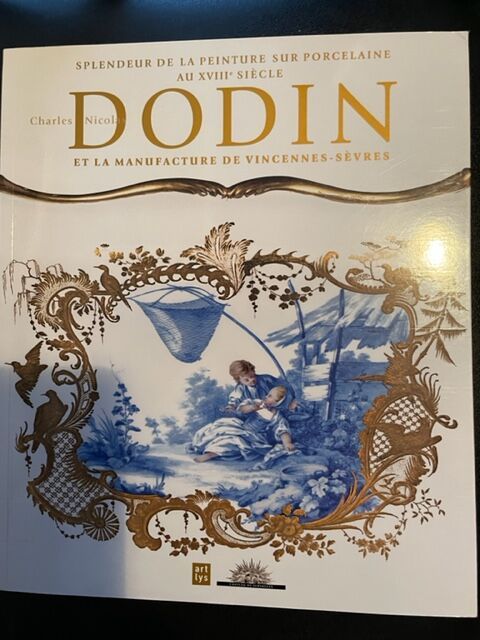Description
Charles Nicolas DODIN and THE MANUFACTURE OF VINCENNES-SEVRES Splendor of the painting on porcelain in the XVIIIth century. Artlys Château de Versailles. 2012
177
Online
Charles Nicolas DODIN and THE MANUFACTURE OF VINCENNES-SEVRES Splendor of the painting on porcelain in the XVIIIth century. Artlys Château de Versailles. 2012
You may also like
